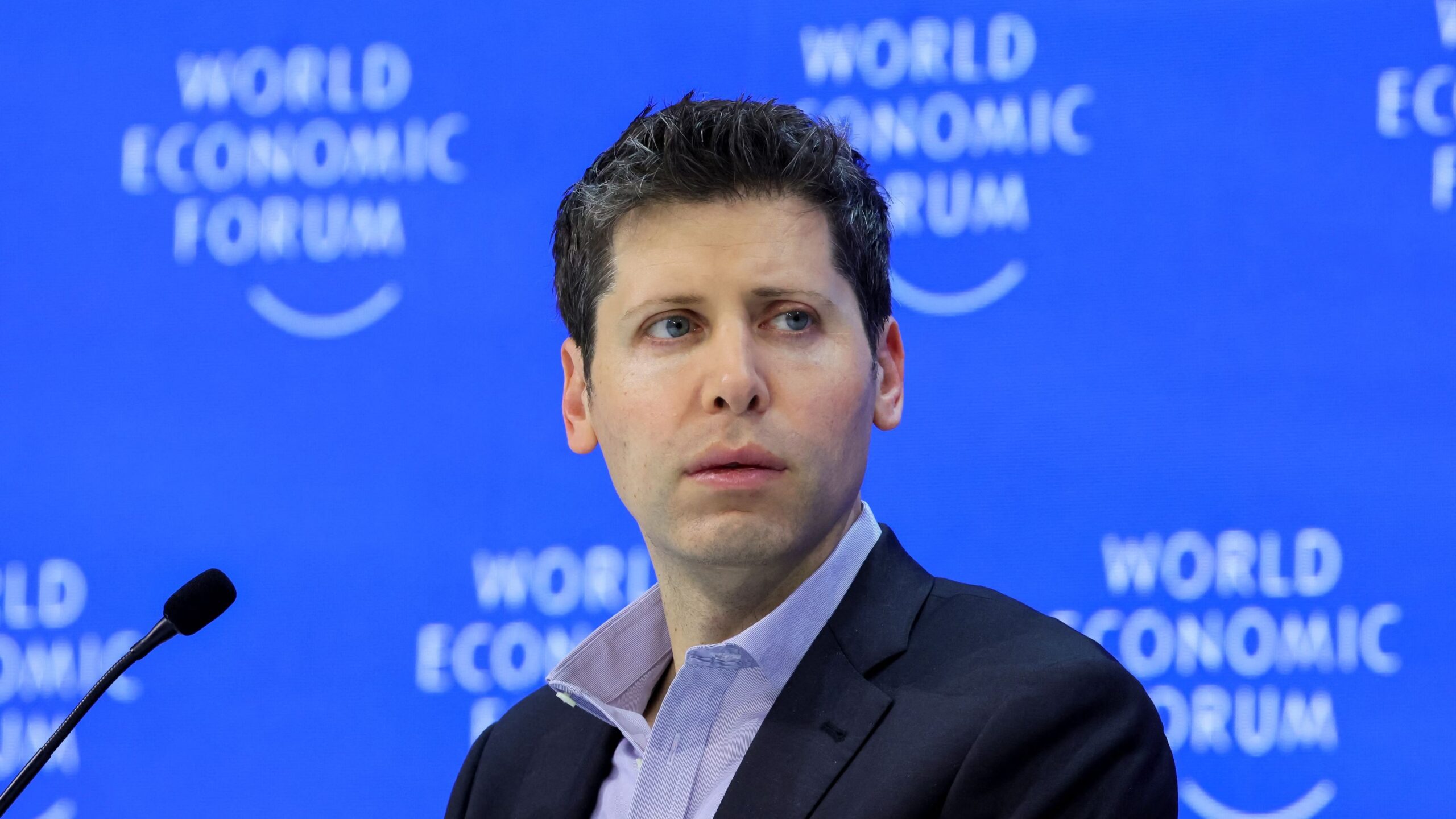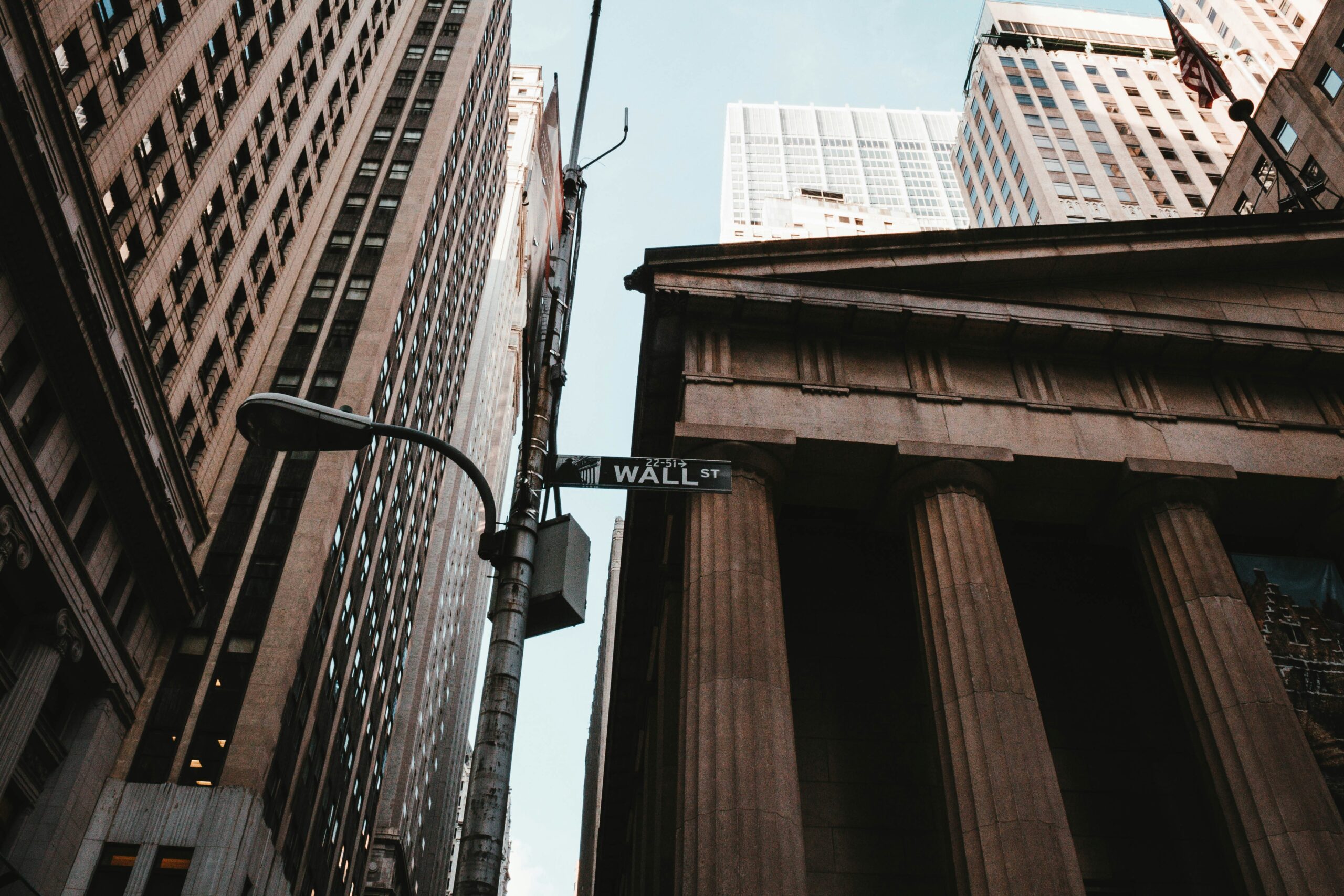The increasing involvement of Wall Street giants in the stablecoin arena is poised to accelerate the regulatory framework’s development in the United States, potentially introducing a privately-operated alternative to a central bank digital currency (CBDC). This intersection between traditional finance and the burgeoning stablecoin market underscores a strategic shift, with major financial institutions playing a pivotal role in shaping the future of digital currencies.
The Convergence of Traditional Finance and Stablecoins
Crypto investor Ryan Sean Adams highlights the significance of recent developments, including the introduction of USD Coin (USDC) off-ramps for BlackRock’s tokenized funds. This move is a testament to the ongoing fusion of conventional financial mechanisms and stablecoin technology.
“Stablecoins will gain traction in the U.S. largely because entities like BlackRock and major banks are championing their cause. The direction we’re heading towards is unmistakable,” Adams remarked on social media platform X.
Circle, the entity behind the USDC stablecoin, unveiled on April 11 a novel feature facilitating the exchange of shares from BlackRock’s USD Institutional Digital Liquidity Fund (BUIDL) for USDC. This mechanism essentially allows for the real-time conversion of tokenized fund shares into stablecoins, significantly boosting liquidity for investors.
- BlackRock’s Investment in Circle: In April 2022, BlackRock participated in Circle’s significant $400 million funding round, marking a strategic partnership that also saw BlackRock overseeing the Circle Reserve Fund.
- Circle’s USDC and the BUIDL Fund: The launch of the BUIDL fund on the Ethereum blockchain represents a direct channel linking U.S. Treasuries with USDC, further integrating stablecoins with traditional financial instruments.
The Road to Regulatory Evolution
Adams suggests that the path to widespread stablecoin adoption in the U.S. may bypass the need for a CBDC, courtesy of the banking sector’s strategic engagements with crypto-native firms. Through acquisitions, partnerships, and regulatory lobbying, banks are likely to spearhead the establishment of stablecoin legislation, facilitating a seamless blend of private bank-issued stablecoins with public crypto networks like Ethereum.
As one of the leading figures in the cryptocurrency landscape, BlackRock’s venture into tokenized funds and its backing of the iShares Bitcoin Trust spot Bitcoin ETF—which stood at a valuation of $18.5 billion as of April 10—illustrates the asset manager’s significant influence. The launch of the BUIDL fund, allowing investments in assets such as U.S. Treasury bills through tokenized shares, signals a deeper commitment to bridging the gap between digital and traditional finance.
Analyzing the Impact and Future Prospects
The unfolding dynamics between major financial institutions and the stablecoin sector herald a transformative era for digital currencies in the U.S. This strategic alignment could streamline the integration of stablecoins within the financial ecosystem, offering a robust alternative to traditional banking services and even the concept of a government-issued CBDC.
- Enhanced Regulatory Framework: The involvement of Wall Street firms could catalyze the development of a comprehensive regulatory landscape for stablecoins.
- Private Alternatives to CBDCs: The banking sector’s pivot towards stablecoins might obviate the necessity for a CBDC, offering a private solution that leverages public crypto networks.
- Integration with Traditional Markets: Circle’s forthcoming IPO and the BUIDL fund’s establishment exemplify how stablecoins can coexist and thrive alongside traditional financial markets.
As we look forward, the trajectory of stablecoins in the U.S. appears increasingly intertwined with the strategic interests and regulatory influence of major financial players. The active participation of firms like BlackRock not only validates the potential of stablecoins as a financial instrument but also underscores the evolving landscape of digital currencies—a shift towards a more regulated, integrated, and institutionally-backed future.









